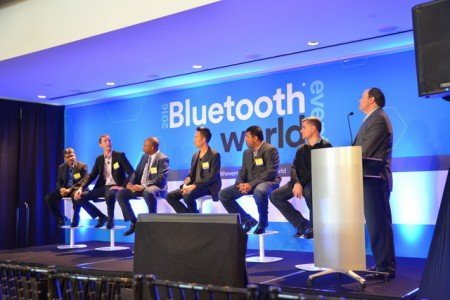Bluetooth World conference panelists say that the IoT advances past the “hype” stage.
At the Bluetooth World conference in Santa Clara on 15 March, Wayne Piekarski, a senior developer advocate for Google, said he believes the next big push in the Internet of Things is “orchestration,” meaning multiple connected devices aware of each other working together.
“When you walk in your home, the lights come on and coffee machine goes on,” Piekarski said. “People don’t want to control a single light bulb, they’re going to work with multiple devices, which means working with multiple manufacturers.”
At the moment, users of connected devices have to buy one product and download its application. However, according to Piekarski, the Mountain View company wants to decouple that “so that some app developer can write the app but the device doesn’t have to be made by the same company.” Piekarski said that is the reason why the company is working with smart home platforms such as Brillo and Weave.
Scott Jenson, Google product strategy manager, spoke about Google’s efforts toward “The Physical Web” which is an open-source effort to enable all connected devices to work in unison without the need for separate applications. As Jenson said, it is one of the company’s most popular projects on open-source collaboration platform Github.
Meanwhile, SAP SE has announced the IoT foundation bundle for SAP HANA, which features device connectivity management capability from Vodafone and is designed to help customers gain returns on their IoT investments quicker.
“SAP is building a strong ecosystem of key partners in the IoT space,” said Nayaki Nayyar, head of IoT GTM, SAP.
At the same time, Piekarski stated that customers should be wary about some of the products on the market: “There are IoT devices gradually being put out there but they’re not done well,” he said, adding “I think what we’re going to see is a security conflict.” Piekarski expects a security breach before IoT manufacturers start taking security seriously.
“Currently, they’re [manufacturers] sending packets over the network un-encrypted and we haven’t had anything bad happen yet but something’s going to happen where someone’s house catches on fire,” he warned.
“People need to trust them and if you’re going to put it [connected device] on a door, it has to work every time and it has to let you into the house every time–it can’t lock you out. The challenge is going to be doing it really well and that’s what we’re trying to do right now–to make it so that people can trust these things.”
next